The Botanix expert blog

May in the vegetable garden: the ultimate guide...
Learn moreMay is the month when the vegetable garden truly comes to life. It's time for direct sowing of many vegetables and the long-awaited transplanting of seedlings started indoors. However, success...

Your Top 5 May Gardening Tasks: Prep, Plant, En...
Learn moreMay finally signals the long-awaited start of garden activity! For those with a green thumb, it's time to get going. The soil's slowly warming up, the days are getting longer,...

How to Choose the Perfect Perennials for Your G...
Learn morePerennials: the beating heart of a successful garden. Year after year, they return to beautify our spaces with their flowers and foliage, representing a wise and lasting investment for any...

April in the Garden – The Green Awakening!
Learn moreSpring is finally here! What a joy it is to feel the mildness return, see the snow melt, and watch the days get longer. For gardening enthusiasts, this time of...

African Violets: Your Essential Guide to Abunda...
Learn moreLa violette africaine, avec ses charmantes fleurs colorées et son feuillage duveteux, est l'une des plantes d'intérieur les plus populaires au monde. Facile à cultiver et gratifiante, elle peut fleurir...

Spring Awakening: The Complete Guide to Removin...
Learn moreWith the return of longer days and warmer temperatures, it's important to know when and how to remove winter protection. This step-by-step guide explains everything!

Dormant Oil and Lime Sulphur: Protect Your Garden!
Learn moreLearn when and how to use dormant oil and sulfur slurry for a healthy garden. Effective protection against insects and diseases.

Edible Flowerbeds: The Art of Blending Utility ...
Learn moreDiscover foodscaping, the art of integrating edible plants into your flowerbeds for a beautiful, tasty, and eco-friendly urban garden! Learn how!

Choosing your seeds: a beginner's guide (organi...
Learn moreLearn how to choose the right seeds for your garden, even if you're a beginner! This guide covers seed types (organic, heirloom, hybrid), easy-to-grow varieties, and tips for success.

Microgreen variety guide: find your favourites!
Learn moreDiscover the best varieties of microgreens: flavours, benefits, culinary uses... From alfalfa to basil, find your favourite!

Microgreens: the complete guide to growing them...
Learn moreDiscover microgreens, these superfoods that are easy to grow at home! Learn how to grow them and enjoy their incredible benefits.

From Seed to Harvest: A Beginner's Guide to Sta...
Learn moreStarting your own garden is easier than you think! It's a rewarding experience that connects you with nature and lets you enjoy healthy, delicious food. But before you jump in,...

Keeping Your Cat From Eating Your Houseplants
Learn moreCats naturally enjoy chewing on plants, which can be dangerous to their health and damaging to your plants. Fortunately, there are many ways to keep cats away from your houseplants.

The Chlorophytum comosum: A Complete Guide to a...
Learn moreNot only is it easy to maintain, but it also has recognized air purifying properties. Complete guide and our advice for taking care of your Chlorophytum and seeing it flourish.

Amaryllis, Poinsettia, Christmas Cactus: Force ...
Learn moreDiscover how to force your favourite plants to bloom for a magical and flowery Christmas! Christmas cactus, amaryllis bulbs, poinsettia... Learn how to make them bloom in time for the...

Preparing Your Conifers for Winter: A Fall Care...
Learn moreLearn how to prepare your conifers for winter with this complete fall maintenance guide. Practical tips to help them get through the cold season in style and thrive in the...

Should Trees, Shrubs, and Conifers be Pruned in...
Learn moreFall is a transition period for plants, as they prepare for the harsh winter. Some benefit from an autumn pruning, while others risk being weakened before the winter. It is...

Bringing in Annual Bulbs in the Fall
Learn moreAnnual bulbs, also known as tender bulbs, do not withstand the harsh winter weather. It is therefore essential to dig them up and store them indoors during the cold season....

Why Mulch Your Plants in the Fall
Learn moreTo keep your plants healthy throughout the winter season, you need to protect them, which is why it is important to add mulch to your plants. Mulch helps keep the...

Chrysanthemums, for a colourful autumn
Learn moreAs the leaves turn golden and scarlet hues, autumn plants make their appearance, like the autumn chrysanthemum. It's the perfect plant to add a touch of vibrant colour to gardens,...

Growing Saffron - From Planting to Harvesting
Learn moreSaffron, prized for its unique aroma, enhances the taste of almost any dish. Derived from the stigmas of Crocus sativus, it is recognizable by its fragrance and golden colour. Before...

Dividing Perennials: When and How?
Learn moreAfter a few years of cultivation, dividing plants can be beneficial for many perennials. It allows you to rejuvenate the plant, stimulate its growth and flowering, and multiply your favourite...

Watering outdoor plants the right way
Learn moreWatering plants outdoors may seem simple but to ensure the health and vitality of your plants, a few tips are essential, especially for potted plants that depend entirely on your...

Design your Container - The Art of Creating Spe...
Learn morePotted arrangements of annual flowers are a wonderful way to add a touch of color and life to your patios, balconies, and entryways. One word sums up the design of...

Strawberry harvest and preservation
Learn moreYou've planted your strawberries and cared for them for a year, and now it's time to enjoy these red beauties! Harvest your strawberries only when they are completely ripe and easy to...

Maintaining strawberry plants
Learn moreStrawberry plants aren't fussy, but they do require some light maintenance. With the proper care, your plants will stay strong and vigorous and provide you with a plentiful harvest of...

How to grow strawberry plants in container or i...
Learn morePlant your strawberries in a sunny location with the right soil conditions. If you're aiming for higher yields, plant in the garden. You can, however, achieve wonderful results using...

How to Grow Annual Hibiscus: Care and Tips for ...
Learn moreSuccessfully grow annual hibiscus (Hibiscus rosa-sinensis)! Tips for potting, care, watering, fertilizing, winterizing, and solutions to common problems for exotic blooms.

When to plant summer bulbs
Learn moreSummer is approaching, and are you dreaming of a garden vibrant with colour? Summer bulbs are the ideal solution to transform your outdoor space into a true floral paradise! Whether...
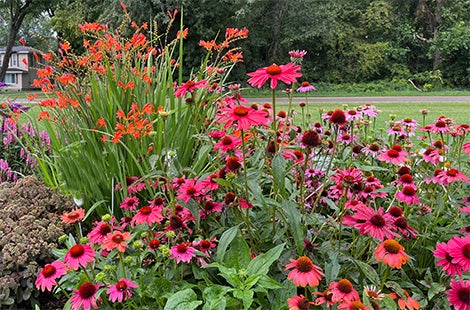
2024 Courtyard and garden trends – BOTANIX version
Learn moreEco-anxiety is real. So what do we do? Enter the soothing practice of maintaining a garden, a fantastic way to calm anxiety related to climate change. 2024 is all about...

A sunny patio
Learn moreUne terrasse bien aménagée lie l’intérieur de la maison au jardin. C’est plus qu’un lieu de passage, on y mange, on s’y repose, on y contemple la nature; en somme,...

Cedar hedge : when and how to prune
Learn moreLes conifères n'ont pas besoin de beaucoup de taille, sauf lorsque vous les utilisez comme haies ou topiaires. Apprenez comment et quand tailler.
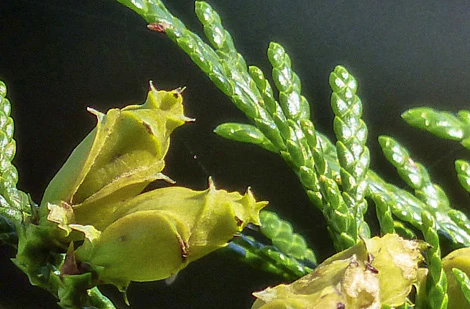
Ensure a healthy cedar hedge
Learn moreEntretenir sa haie de cèdres - arrosage, fertilisation, protection hivernale et taille. Peu exigeants, les thuyas résistent bien aux maladies et insectes

Guaranteed Privacy and Dream Yard: Guide to Pla...
Learn moreThere is nothing like relaxing in the privacy of your own backyard and enjoying perfect peace and quiet. Swimming, spending time in the spa, meals outdoors with family or friends,...
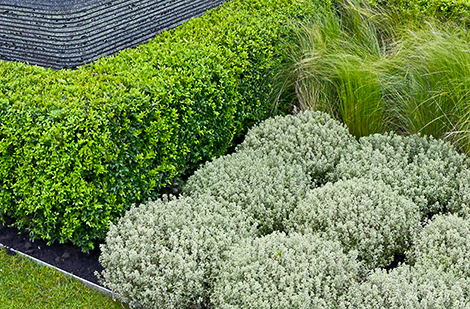
Hedge – other shrubs available
Learn moreCréez une haie mixte, composée de différentes espèces d’arbustes comme le buis, le saule et la spirée japonaise. Donnez du style à la cours arrière.
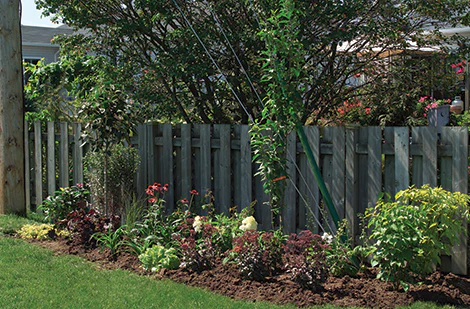
A green screen
Learn moreDissimuler un élément inesthétique dans un jardin tient parfois à peu de choses. À défaut de pouvoir éliminer ce coup d’oeil disgracieux, l’utilisation judicieuse de certains végétaux peut rendre cette...
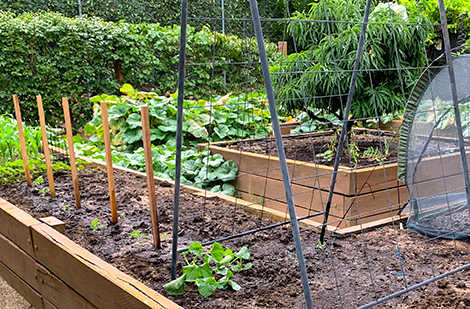
Stakes, cages, and trellises: A little support ...
Learn moreLes tuteurs, les cages et les treillis sont essentiels à la réussite d'un jardin. Les vignes, les tomates, les haricots grimpants, les pivoines et bien d’autres plantes ont besoin d’une...
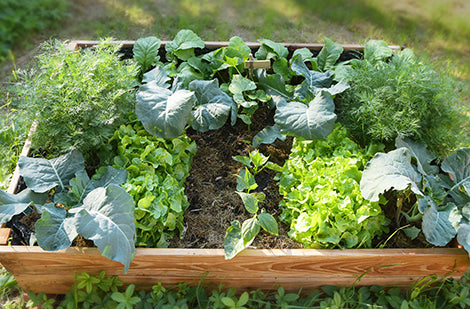
Square foot gardening of vegetables and herbs
Learn moreVous rêvez de cultiver vos propres légumes et aromates, mais vous ne disposez que d’un petit balcon d’appartement, un coin de terrasse sur un toit ou encore un terrain asphalté...
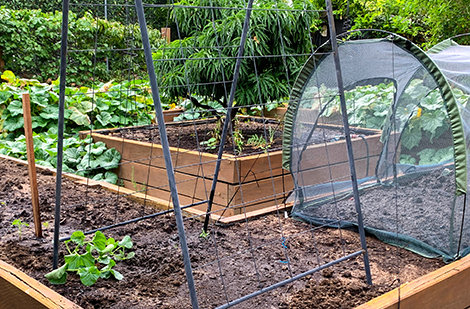
Seedlings – Favourite container candidates
Learn morePresque tous les légumes se cultivent en pot, c’est vrai, mais il faut tenir compte de la profondeur de leurs racines pour choisir le contenant qui leur convient vraiment. Si...
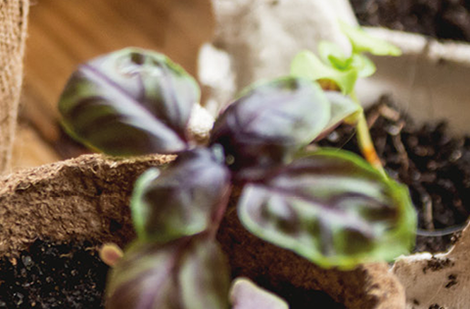
Seedlings – Beginner alert! Start with those
Learn morePour faire un bon choix, planifiez votre potager selon l’espace dont vous disposez, les conditions d’ensoleillement qui y prévalent et la zone de rusticité de votre région. Prenez également le...

Seedlings – Planting Guide
Learn moreAmong the great pleasures that accompany the arrival of sunny days is that of gardening. Get a head start on summer and plan your sowing according to the production calendar...
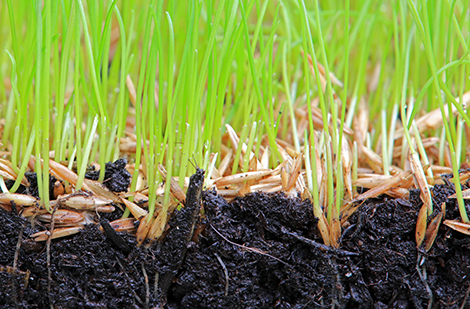
Seeding and reseeding grass
Learn moreUne bonne préparation, des semences de qualité, vous pouvez ensemencer votre gazon. Au fil des ans, il est normal que certaines zones de la pelouse doivent être réensemencer.

Landscaping and outdoor design – plan for success!
Learn moreIt is quite simple to create the layout of your dreams yourself. Creating a small landscaped backyard allows you to unleash your creativity and express your personality.The secret to the...

Laying-out your annuals
Learn moreComme les annuelles sont souvent en fleur au moment de l’achat, il est facile de faire des essais sur place. Distribuez les rôles afin d’obtenir un ensemble harmonieux. Quelques plantes...

Harvest and store garlic scapes and bulbs
Learn moreGarlic planted in the fall is harvested the following summer. If harvested too early, the bulbs will be spongy and won't store as long. If harvested too late, the skin...
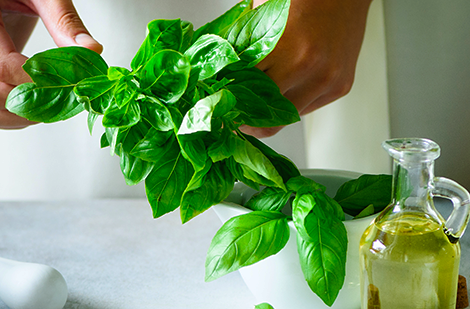
Recipes to preserve and savour basil
Learn moreMéthodes pour conserver le basilic, séchage, réfrigération et congélation. Recettes simples pour déguster et savourer cette herbe - pistou, pesto et salade

Recipe - Sprouts, red quinoa, and cranberry salad
Learn moreUne recette aussi savoureuse et bonne pour la santé que facile à préparer!

Preparing Your Garden for Winter: Essential Fal...
Learn moreWith its flamboyant colors, the last harvest of the garden, autumn gives us the feeling of having done a good job, and we already look forward to the next projects...




